Welcome to the Knitting Vocabulary page! This page provides a comprehensive list of terms related to knitting, along with links to games, flashcards, and other resources to help you learn and understand the terminology associated with this craft. Expect to find a variety of tools to enhance your knowledge and vocabulary in the world of knitting.
Knitting is a popular craft that involves creating fabric by interlocking loops of yarn with knitting needles. This traditional handicraft has gained a resurgence in popularity in recent years, with many people finding it to be a relaxing and rewarding hobby. Knitting allows individuals to create a wide variety of items, from cozy scarves and hats to intricate sweaters and blankets. Whether you are a seasoned knitter or just starting out, there are endless possibilities for creativity and self-expression through this timeless art form.
Practice & Reinforce Your Learning
Knitting Vocabulary List
Knitting Techniques
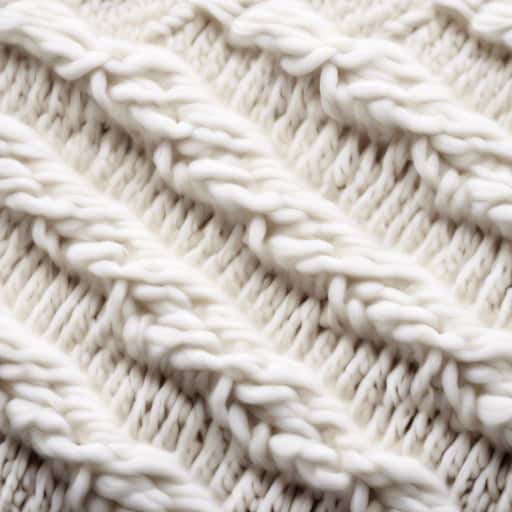
- She enjoys spending her evenings knitting scarves for her friends and family.
- Her grandmother taught her how to knit when she was just a little girl.
- The intricate pattern she was trying to knit required a lot of concentration.
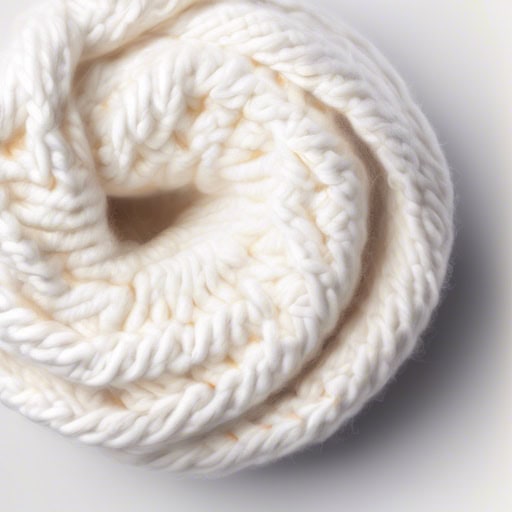
- She carefully executed each purl stitch in her knitting project, creating a beautiful texture throughout the piece.
- The intricate pattern called for a combination of knit and purl stitches, resulting in a stunning design.
- After mastering the basic knit stitch, she eagerly moved on to learning how to purl, expanding her knitting skills.
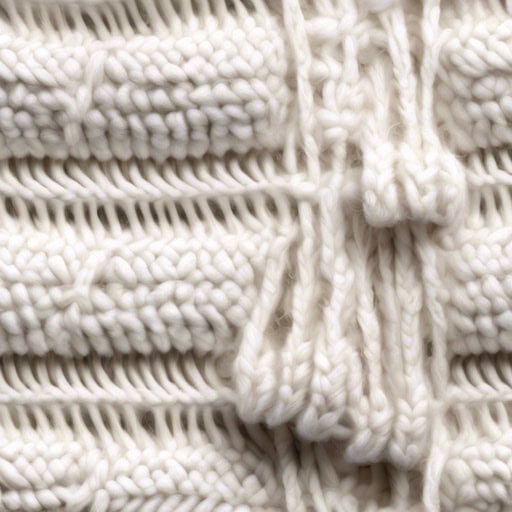
- After casting on, the next step is to begin knitting the first row of stitches.
- Make sure to cast on the correct number of stitches as specified in the pattern.
- The cast on edge will form the foundation of your knitting project.
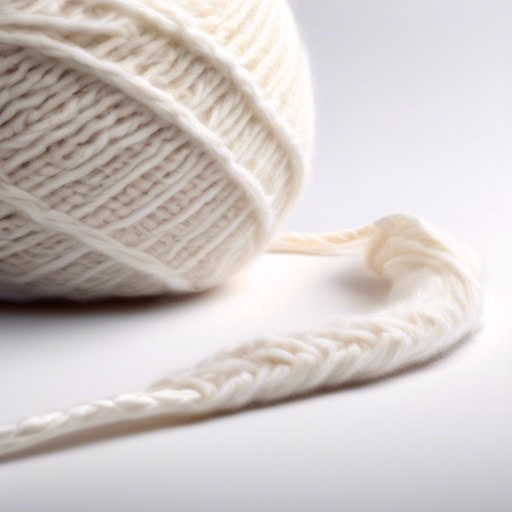
- After completing the last row, you will need to bind off to finish your knitting project.
- Make sure to bind off loosely to ensure that the edge of your work is not too tight or constricted.
- To bind off, simply knit two stitches, then pass the first stitch over the second stitch and off the needle. Repeat this process until all stitches are bound off.
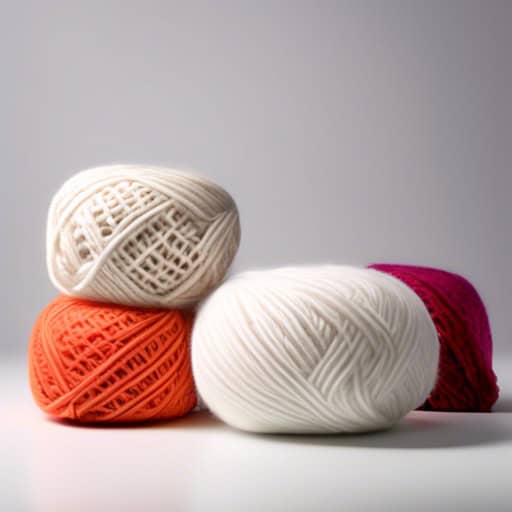
- Her goal was to increase the width of the scarf by adding more stitches.
- To create a flared effect, the pattern called for increasing every other row.
- The knitter used the yarn over technique to easily increase the number of stitches in each row.
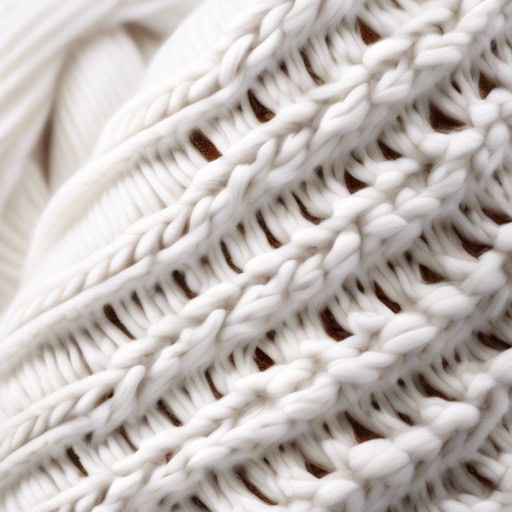
- The pattern calls for a decrease every other row to create a tapered effect.
- I noticed a decrease in the number of stitches after I accidentally dropped one.
- To achieve the desired fit, gradually decrease the number of stitches in the last few rows.
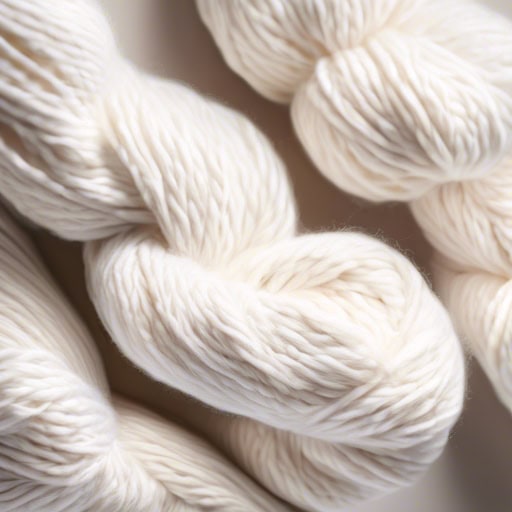
- As I was knitting my new sweater, I accidentally dropped a stitch during a yarn over.
- The pattern called for several yarn overs in order to create a lacy effect on the edge of the shawl.
- Remember to bring the yarn over the needle before making the next stitch to ensure the pattern comes out correctly.
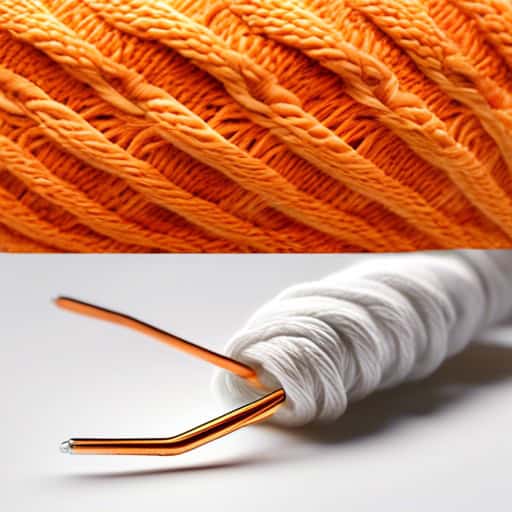
- The cable knit sweater I made took me hours to complete but was well worth the effort.
- I always struggle with mastering the cable technique in knitting, but practice makes perfect.
- She showed off her impressive cable scarf, showcasing her knitting skills to her friends.
Knitting Tools
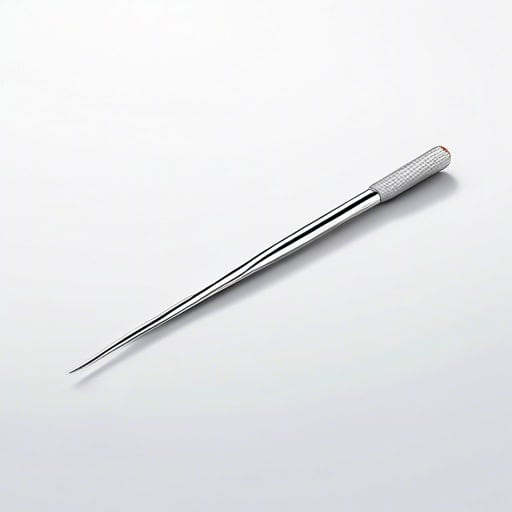
- I dropped my cable needle in between the couch cushions while working on my sweater.
- Remember to always twist your stitches correctly when using a cable needle to create a beautiful cable pattern.
- I prefer using a double pointed cable needle for larger cable designs in my knitting projects.
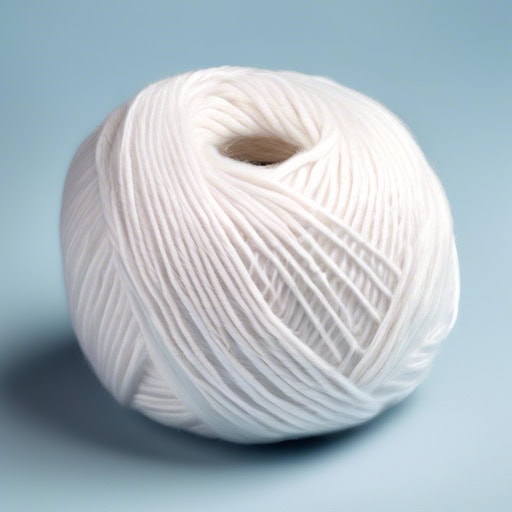
- She sat by the fireplace, quietly unraveling a ball of colorful yarn for her next knitting project.
- The yarn slipped through her fingers as she deftly wove intricate patterns into a cozy blanket.
- The old woman sat in her rocking chair, reminiscing about the days when she used to spin yarn from sheep wool.

- She carefully threaded the needle with the bright red yarn before starting her knitting project.
- The sharp needle slipped through the soft yarn effortlessly as she continued to knit.
- She winced as the needle pricked her finger, leaving a tiny drop of blood on her work.

- I always lose my stitch markers when I'm knitting a complicated pattern.
- My friend gave me a set of beautiful handmade stitch markers for my birthday.
- I use different colored stitch markers to keep track of the different sections of my project.

- I always lose track of my row count when knitting, so I rely on a row counter to keep me on track.
- The row counter is a handy tool that helps me stay organized and ensures my knitting project turns out just right.
- I find it so much easier to focus on my knitting when I don't have to constantly stop and count my rows thanks to the row counter.

- She used a tape measure to check the length of her scarf as she knitted.
- The tape measure was essential for ensuring that all the pieces of the sweater were the correct size.
- I always keep a tape measure in my knitting bag to make sure my projects turn out just right.

- I need to grab a pair of scissors to trim the loose threads on my knitting project.
- The sharp blades of the scissors make it easy to cut through the thick yarn.
- Be careful when using scissors around delicate fabrics to avoid accidental snips.
Yarn
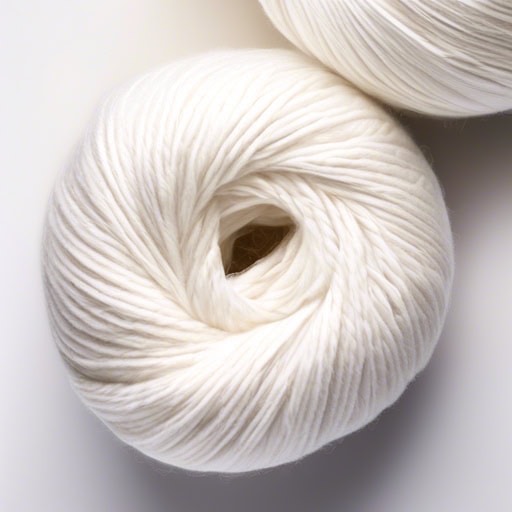
- The wool fiber was soft and warm, perfect for knitting a cozy scarf.
- She preferred using cotton fiber for her summer projects because it was lightweight and breathable.
- Acrylic fiber is a popular choice for beginners because it is easy to work with and comes in a wide range of colors.
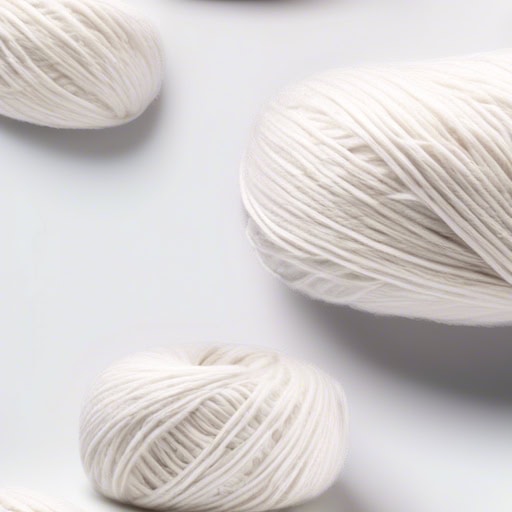
- Her sweater was made from a luxurious blend of cashmere and silk, giving it a soft and silky feel.
- The blend of wool and acrylic in the yarn created a durable and warm fabric for the winter scarf.
- I love the unique color variations in this blend yarn, it adds so much depth to my knitting projects.
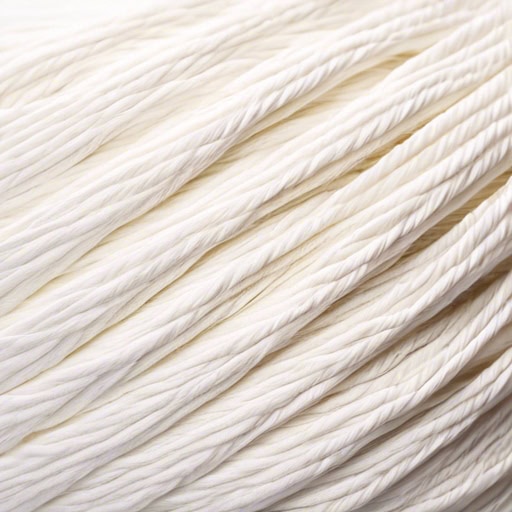
- She used a two-ply yarn to knit a cozy sweater for the winter.
- The rope was made of several plies twisted together for added strength.
- The fabric was woven from a single-ply thread, resulting in a delicate texture.
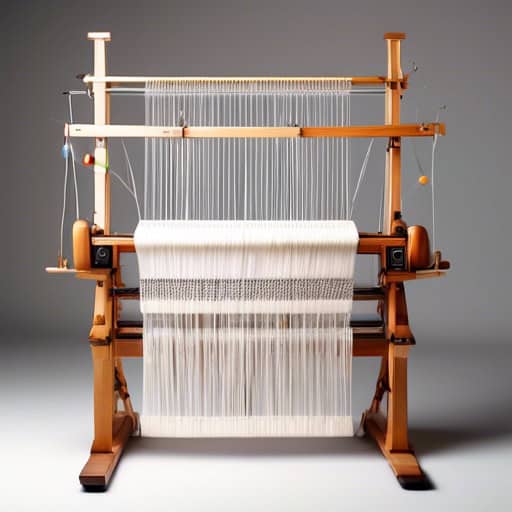
- The large loom in the corner of the room was used to weave intricate tapestries.
- As she worked the loom, the weaver carefully selected each thread to create a beautiful design.
- The rhythmic clacking of the loom filled the room as the weaver created a new piece of fabric.

- She knitted a cozy scarf using soft, colorful yarn.
- The yarn shop had a wide selection of different textures and colors.
- After unraveling the yarn from the skein, she began to knit a new project.
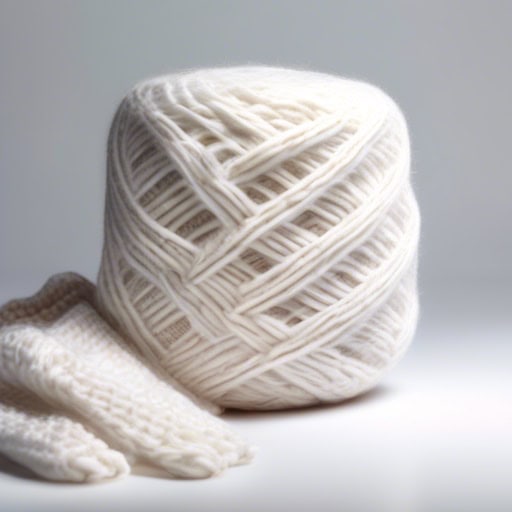
- She loves to knit scarves for her friends and family during the winter months.
- My grandmother taught me how to knit when I was a child, and I still enjoy it as a hobby.
- I find knitting to be a relaxing way to unwind after a long day at work.

- She spent hours perfecting her crochet skills, creating beautiful doilies and intricate blankets.
- The intricate crochet design on the handmade scarf caught everyone's eye at the craft fair.
- After learning how to crochet from her grandmother, she now enjoys making unique gifts for her friends and family.
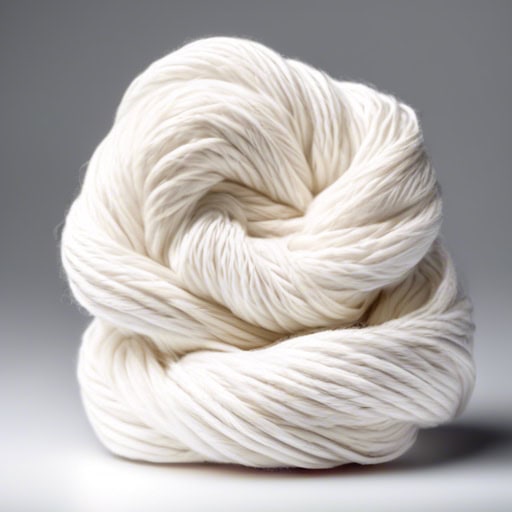
- The knitter carefully wound the vibrant skein of yarn into a ball before beginning her project.
- She selected a skein of soft, pastel-colored yarn to crochet a baby blanket for her niece.
- The store had a wide variety of skeins in different textures and colors for customers to choose from.
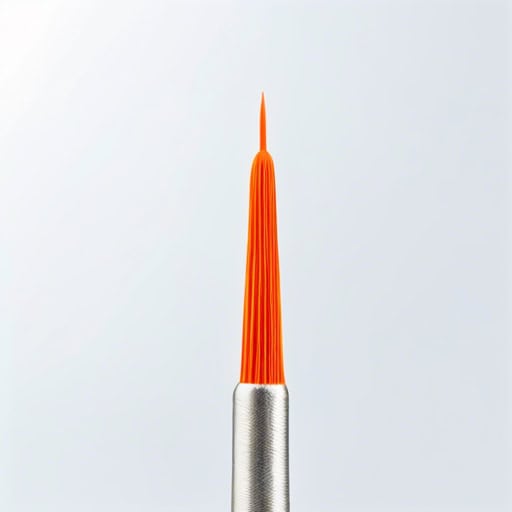
- She carefully threaded the needle with a bright blue yarn before starting her knitting project.
- The needle slipped through the loops effortlessly as she worked on the intricate lace pattern.
- She always kept a spare needle in her knitting bag in case one broke or went missing.
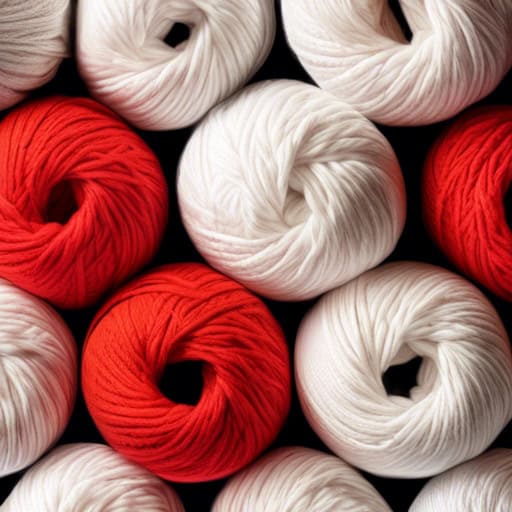
- The knitting pattern for this sweater is quite intricate and requires careful attention to detail.
- I love the geometric pattern on this scarf - it adds a modern touch to a classic accessory.
- Following the pattern instructions step by step will ensure that your project turns out just right.
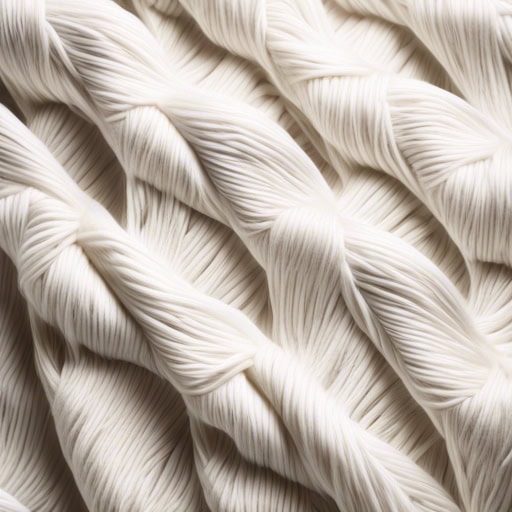
- The intricate design of the sweater was achieved through careful weaving of different colored yarns.
- She deftly wove the threads together on the loom, creating a beautiful tapestry.
- The artisan demonstrated the art of weaving by creating a delicate lace pattern in the fabric.
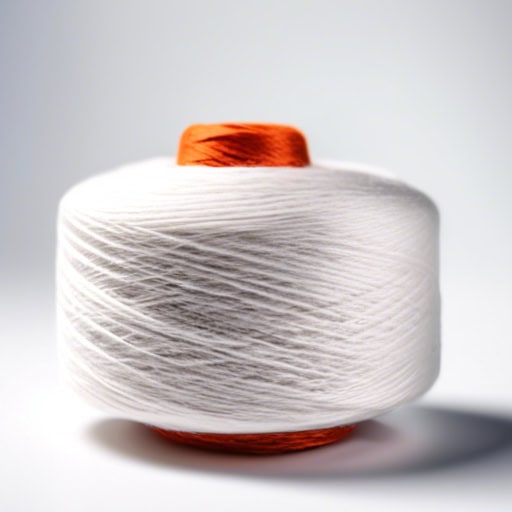
- She spent hours at her spinning wheel, creating beautiful yarn for her knitting projects.
- The colors of the spun yarn were mesmerizing as they blended together in a whirl of spinning motion.
- After mastering the art of spinning, she started selling her hand-spun yarn at the local craft fair.
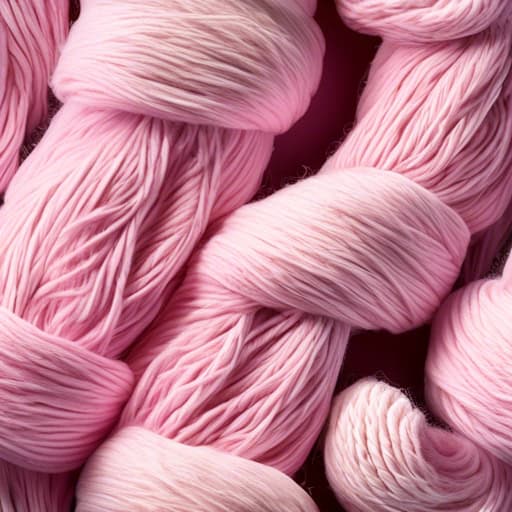
- Her favorite part of knitting was experimenting with different dyes to create unique colors for her yarn.
- After hours of carefully dyeing the yarn, she was thrilled with the vibrant hues she had achieved.
- The dyeing process was messy, but the end result was always worth it for the beautiful colors she could create.
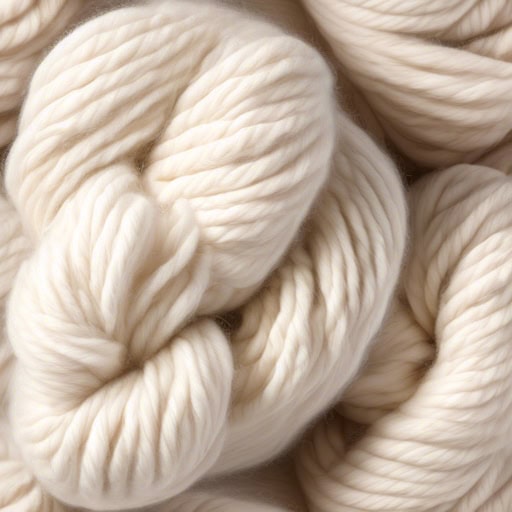
- The cozy sweater was made of soft wool, perfect for keeping warm on chilly days.
- Sheep farmers work hard to shear their flock and gather the wool for processing.
- I love the feel of wool against my skin, it's so comfortable and cozy.
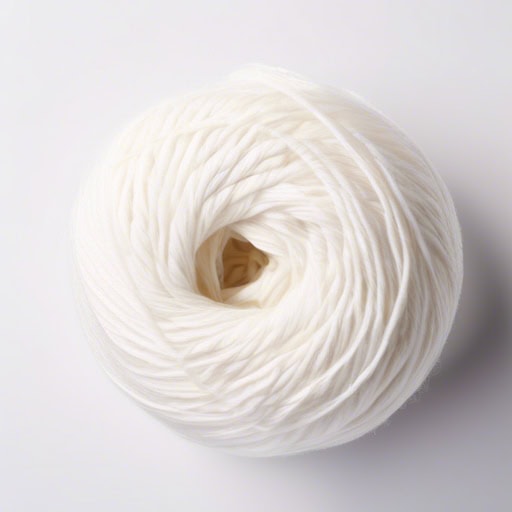
- She chose an acrylic sweater for its lightweight and comfortable feel.
- The artist used acrylic paint to create a vibrant and colorful abstract piece.
- The furniture in the waiting room was made of sleek acrylic material.
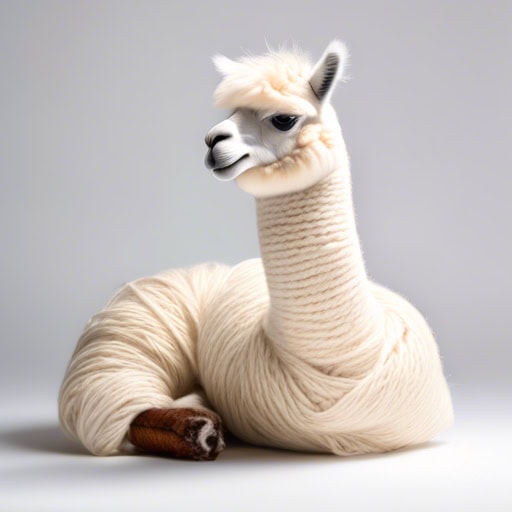
- She knitted a cozy sweater using alpaca yarn for her upcoming ski trip.
- The alpaca farm had a variety of colors available for purchase.
- The softness of the alpaca yarn against her skin was a soothing sensation.
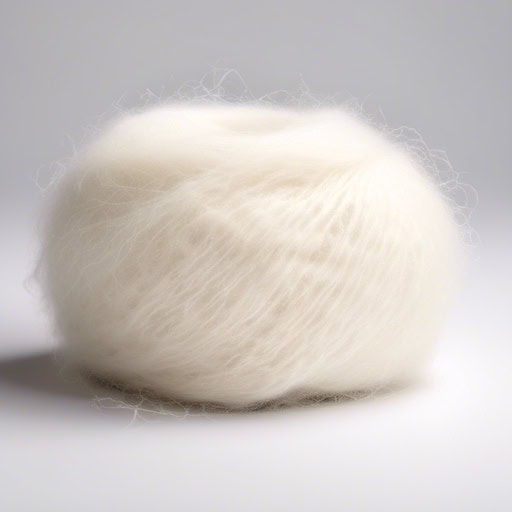
- Her favorite sweater was made of the finest mohair, keeping her warm during the cold winter months.
- The mohair scarf she received as a gift felt incredibly soft against her skin.
- The elegant mohair throw added a touch of luxury to her living room decor.
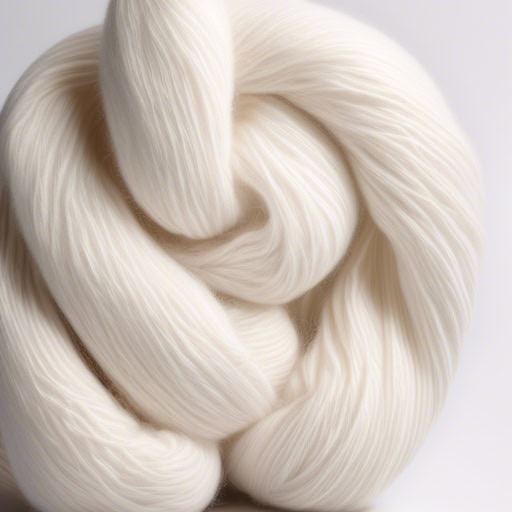
- Her cashmere sweater felt like a cloud against her skin.
- I splurged on a cashmere scarf for the winter months.
- The cashmere blanket was the perfect addition to the cozy living room.
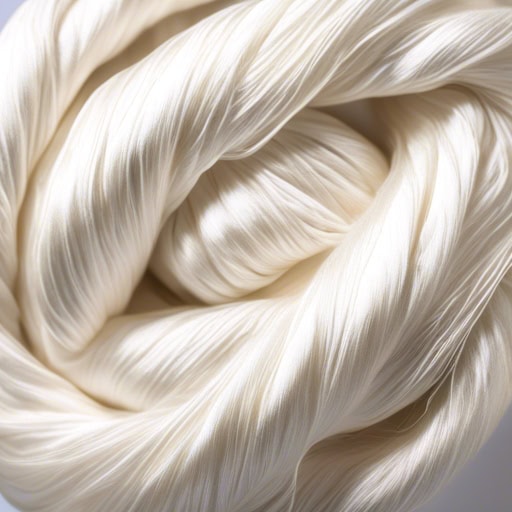
- Her wedding dress was made of the finest silk, flowing elegantly as she walked down the aisle.
- The silk curtains in the living room added a touch of sophistication to the space.
- He reached out to touch the silk scarf, marveling at how soft and delicate it felt in his hands.
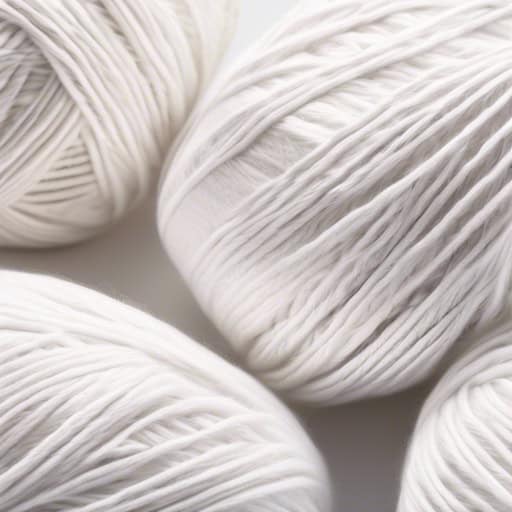
- The tension in my knitting was too tight, causing the fabric to pucker and not drape properly.
- I adjusted my tension by using larger needles, which resulted in a more even and relaxed stitch.
- Proper tension is crucial in knitting to ensure that the finished project turns out as desired.
Yarn Weights
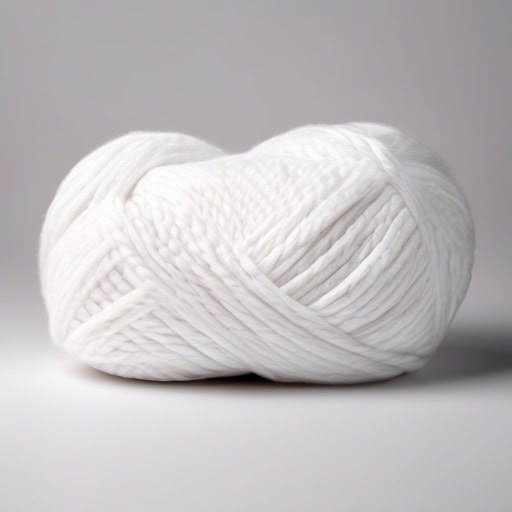
- The jumbo yarn was perfect for creating a cozy blanket in no time at all.
- I used jumbo needles to knit a jumbo sweater for the winter season.
- The jumbo crochet hook made it easy to work with the thick yarn for a jumbo scarf project.

- I love working with Aran yarn because it creates such cozy and warm sweaters.
- The texture of Aran yarn adds a beautiful dimension to my knitting projects.
- I always reach for Aran when I want to create a classic, timeless piece.
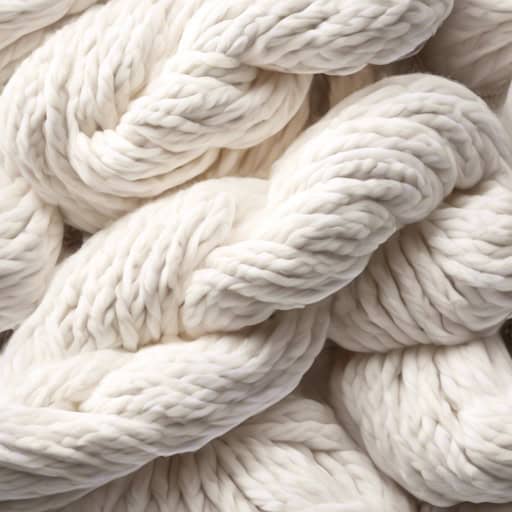
- The bulky sweater was perfect for keeping warm during the cold winter months.
- She struggled to fit the bulky suitcase into the overhead compartment on the plane.
- The bulky furniture took up too much space in the small living room.
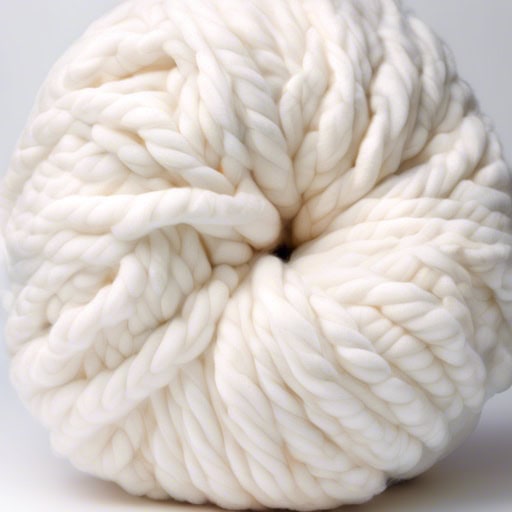
- Her favorite sweater was knitted with chunky yarn, making it warm and cozy for the winter.
- I love the look of chunky scarves and hats, they add a fun and stylish touch to any outfit.
- The chunky blanket she crocheted was perfect for snuggling up on the couch with a good book.
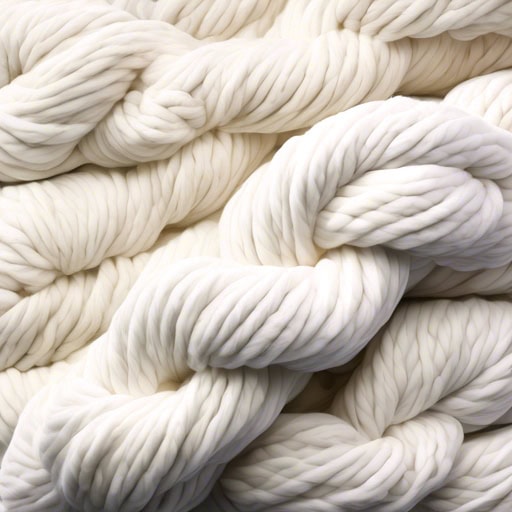
- I love working with chunky weight yarn because it knits up so quickly and makes cozy projects.
- The chunky weight yarn I used for my blanket was so soft and warm.
- I decided to make a chunky weight scarf for the winter months ahead.

- The delicate cobweb yarn was perfect for creating the intricate lace pattern on the shawl.
- She carefully worked with the cobweb yarn, knowing that any mistake could ruin the delicate design.
- The cobweb yarn shimmered in the sunlight, highlighting the intricate lacework of the scarf.
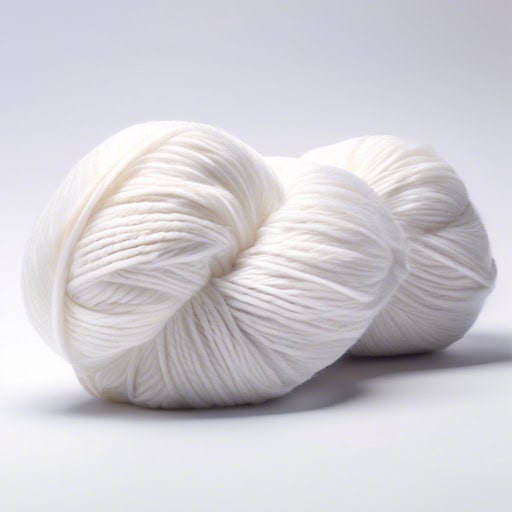
- I love using DK yarn for making cozy sweaters and scarves.
- The DK weight is perfect for creating intricate colorwork patterns.
- My favorite project to make with DK yarn is a pair of warm mittens.
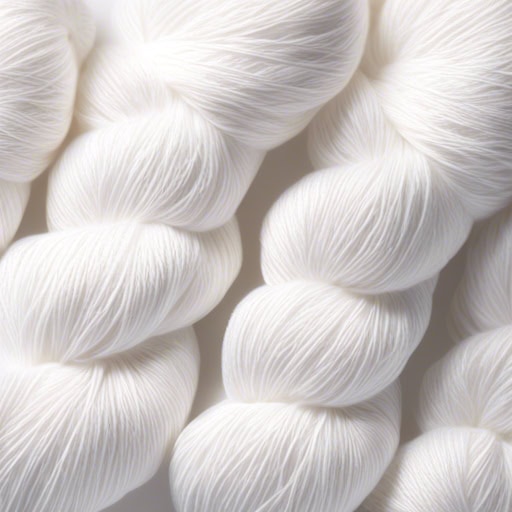
- She used a fine weight yarn to knit a delicate lace shawl for her sister's wedding.
- The sweater she crocheted with fine weight yarn turned out beautifully light and airy.
- The fine weight yarn was perfect for creating a soft and drapey scarf.
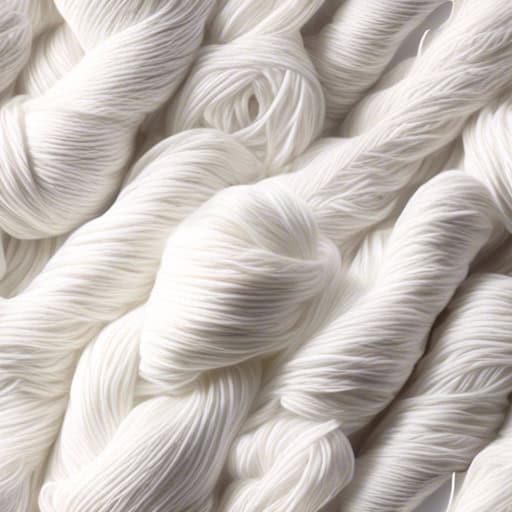
- She carefully counted the number of stitches in each row while fingering the delicate yarn.
- His fingers moved deftly, fingering the intricate lace pattern with precision.
- The knitter's hands grew tired from fingering the fine yarn for hours on end.
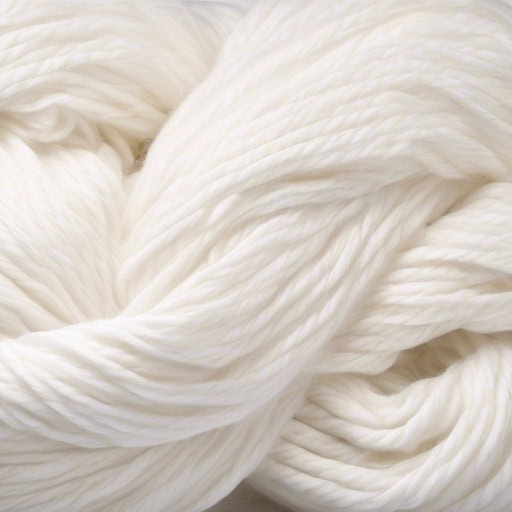
- She knit a cozy sweater with heavy worsted yarn to keep warm during the winter months.
- The heavy worsted yarn was perfect for creating a durable and warm blanket.
- I prefer working with heavy worsted yarn for scarves and hats because it gives a nice thickness and warmth to the finished product.
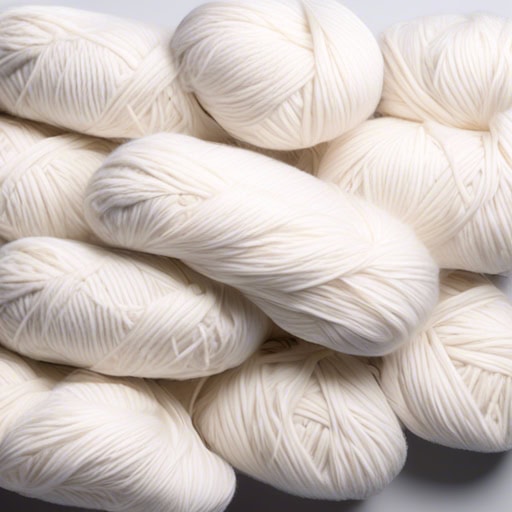
- The novelty yarn I used in my latest knitting project added a fun pop of color and texture.
- I love experimenting with different types of novelty yarns to create one-of-a-kind pieces.
- The novelty yarns in the store caught my eye with their unique and eye-catching designs.
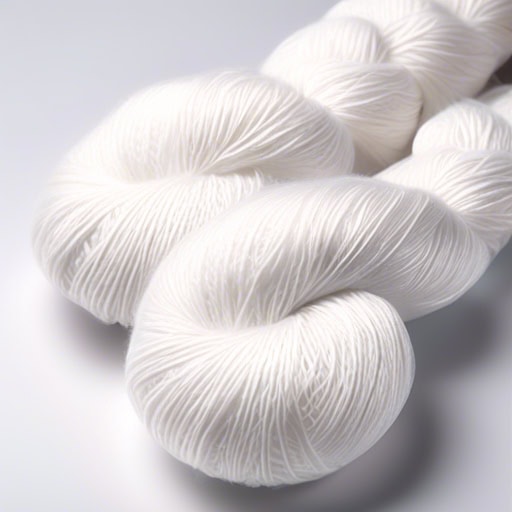
- She carefully knit a beautiful shawl using delicate laceweight yarn.
- The intricate lace pattern required a steady hand and sharp needles to work with the fine laceweight yarn.
- Her favorite project to work on is a laceweight knit scarf that she can wear during the cooler months.
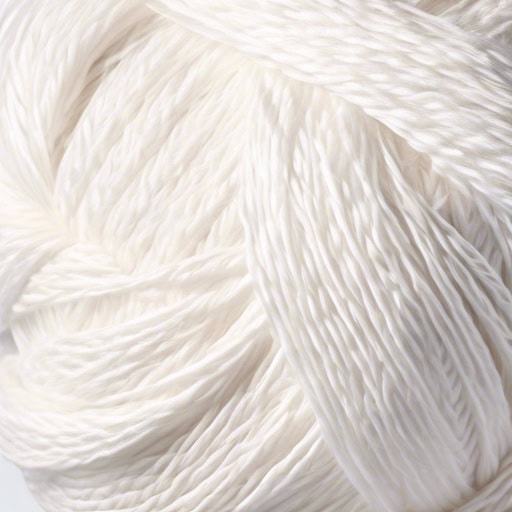
- She purchased a skein of light fingering yarn to knit a delicate shawl for her sister's wedding.
- The light fingering weight yarn created a beautiful, airy fabric perfect for the lace pattern she was knitting.
- She enjoyed the challenge of working with light fingering yarn, mastering the intricate stitches required for her lace project.
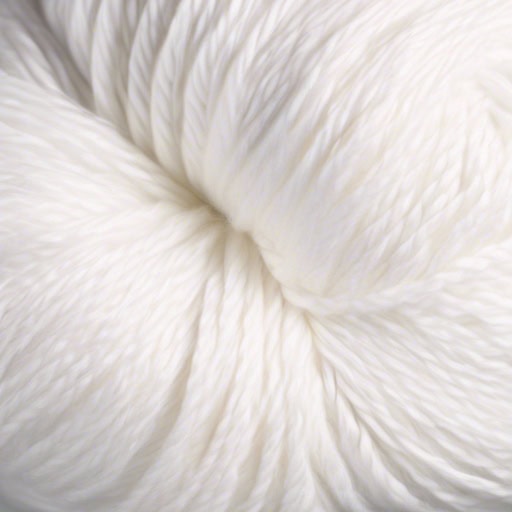
- Her favorite knitting project to work on is a delicate lace shawl made with light sport yarn.
- The light sport yarn worked up beautifully into a soft and drapey sweater.
- She enjoys using light sport yarn for baby blankets because it creates a lightweight and breathable fabric.
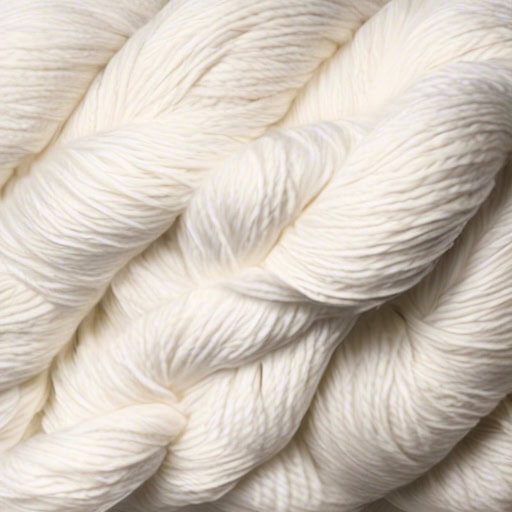
- I bought some beautiful medium weight yarn in a deep purple color to knit a cozy sweater for the winter.
- She chose a medium weight yarn for her baby blanket project because it is soft, durable, and easy to work with.
- The medium weight yarn worked perfectly for the hat I was knitting - it was warm and had a nice drape to it.
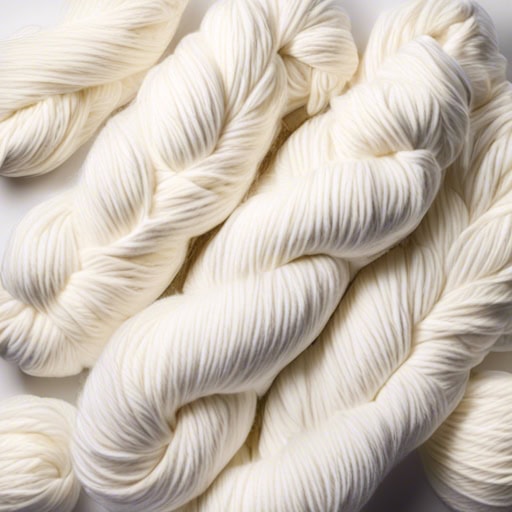
- She opted to use worsted yarn for her sweater project, as it would give the garment a polished and professional look.
- The worsted yarn produced a beautifully even and tight fabric, perfect for the intricate cable pattern she was working on.
- After comparing the worsted and bulky yarn options, she decided that the worsted yarn would be the best choice for her new scarf project.
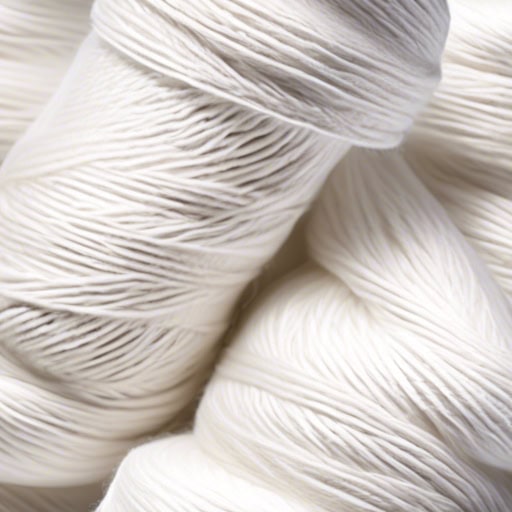
- Her delicate lace shawl was knit using a thread weight yarn, creating a light and airy fabric.
- The intricate design required careful attention to detail in order to avoid splitting the fine thread.
- Thread weight yarn is perfect for creating intricate patterns and delicate garments that require a dainty touch.
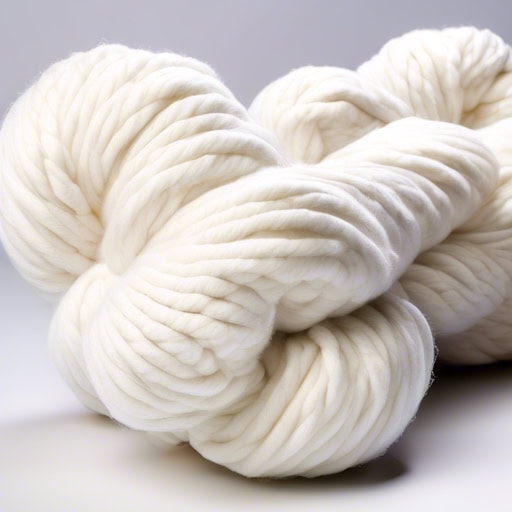
- The super bulky yarn made knitting a cozy blanket a breeze.
- I used super bulky yarn to knit a chunky scarf for the winter.
- This hat knit with super bulky yarn will keep you warm all season long.
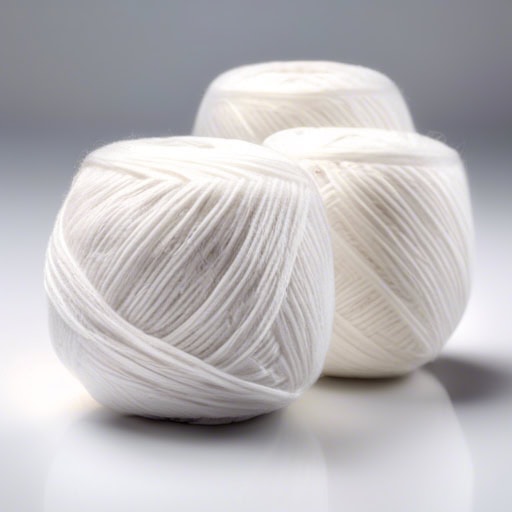
- She knitted a cozy sweater using sport weight yarn.
- The sport weight yarn made the project light and breathable.
- Sport weight yarn is perfect for making hats and scarves for the winter.
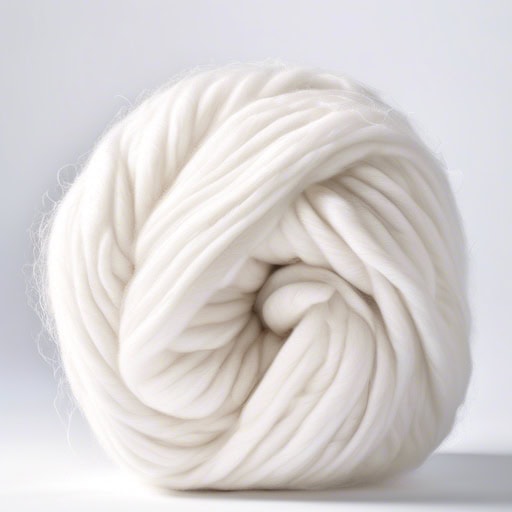
- Her fingers deftly worked the roving yarn into a cozy scarf for the winter.
- The roving yarn felt soft and luxurious against her skin as she knit row after row.
- The roving yarn created a warm and chunky texture in the finished blanket.
Quick Facts
- Knitting is a method of creating fabric by interlocking loops of yarn with knitting needles.
- The oldest knitted artifacts are socks from Egypt, dating back to the 11th century AD.
- Knitting was originally a male-only occupation in the Middle Ages, with men creating garments for soldiers and sailors.
- In the 16th century, knitting became a popular hobby for women in Europe, leading to the creation of intricate lace patterns.
- During World War II, knitting was used as a form of propaganda, with patterns for clothing and accessories promoting patriotism and supporting the war effort.
